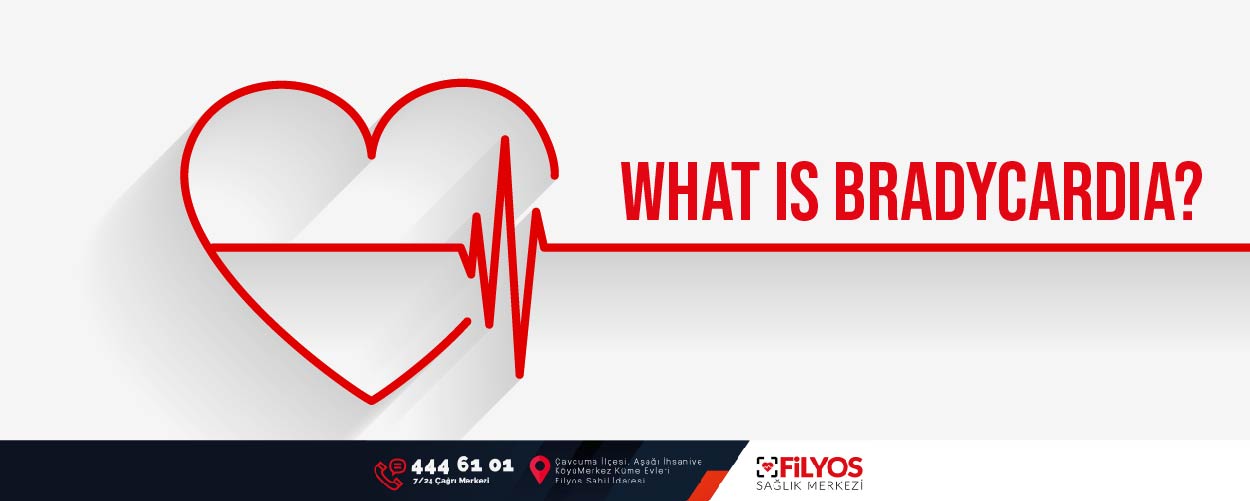
WHAT IS BRADYCARDIA?
Bradycardia is a low heart rate.
The normal heart rate of an adult at rest is 60-100 beats per minute. To call it bradycardia, the pulse rate must be below 60.
WHAT ARE THE SYMPTOMS OF BRADYCARDIA?
- Fatigue or weakness.
- Dizziness or darkening in the eyes
- Blurred consciousness
- Attacks of fainting or feeling like fainting
- Shortness of breath
- Decreased exercise capacity, fatigue with exercise.
- Cardiac arrest
WHAT ARE THE RISK FACTORS FOR BRADYCARDIA?
- Congenital heart disease (a condition you are born with)
- Certain diseases or heart medications
- The natural aging process of the heart.
- Scar tissue from a previous heart attack (myocardial infarction)
- Sick sinus syndrome, also called sinus node dysfunction.
- Heart block
HOW IS BRADYCARDIA DIAGNOSED?
To diagnose bradycardia, we need to know how much the pulse beats per minute.
The simplest method for this is to calculate the number of beats by pressing the pulse with a finger.
However, this method does not mean a definitive diagnosis. The definitive diagnosis is made with a rhythm holter.
WHAT IS BRADYCARDIA TREATMENT?
Treatment of bradycardia is based on the treatment of the underlying cause.
If there are conditions such as underactive thyroid gland, sleep apnea, electrolyte disorders, these are treated first;
If there is bradycardia due to medications, the doses of the medications should be changed.
CAN BRADYCARDIA CAUSE DEATH?
Among the possible and most serious complications of bradycardia is frequent fainting,
the heart cannot pump enough blood (heart failure) or sudden cardiac arrest or sudden death.
WHAT HAPPENS IF THE PULSE RATE DROPS BELOW 40?
In an adult, the heart rate should be between 60 and 100 beats per minute.
If the pulse rate falls below 60, you have bradycardia (slow heartbeat).
It is dangerous if this rate falls below 40 or causes symptoms when it is below 60. Bradycardia must be carefully monitored.
WHAT CAUSES BRADYCARDIA IN YOUNG PEOPLE?
The most common cause in children and adolescents is sinus bradycardia. In simple terms, the sinus node produces a low-speed electric current.
Sinus bradycardia is usually a normal physiologic response. For example, young athletes have a slow heart rate at rest and this is normal.
